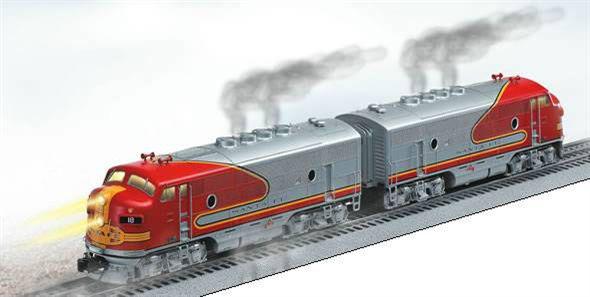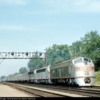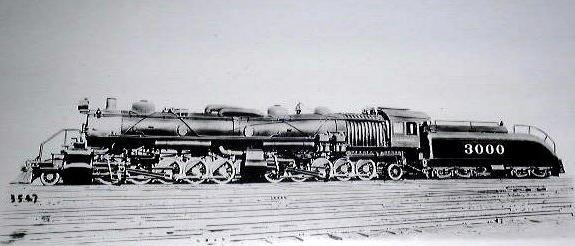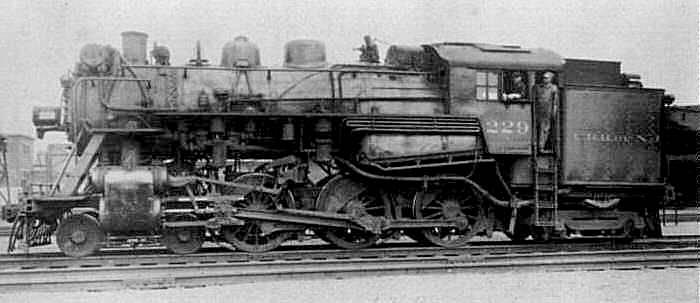Good Afternoon Everyone
I was just looking at some photos recently and I have just a General Question pertaining the setup of F3 diesel AA locomotives and multiple train lash-ups. I've always seen the second locomotive facing in the opposite direction behind the lead locomotive. This setup is also seen in dual setups and multiple lash-ups. My question is "what is the reasoning behind the second locomotive facing in the opposite direction" ? I've attached a photo to clarify my question. As always, thanks - MARSHELANGELO














